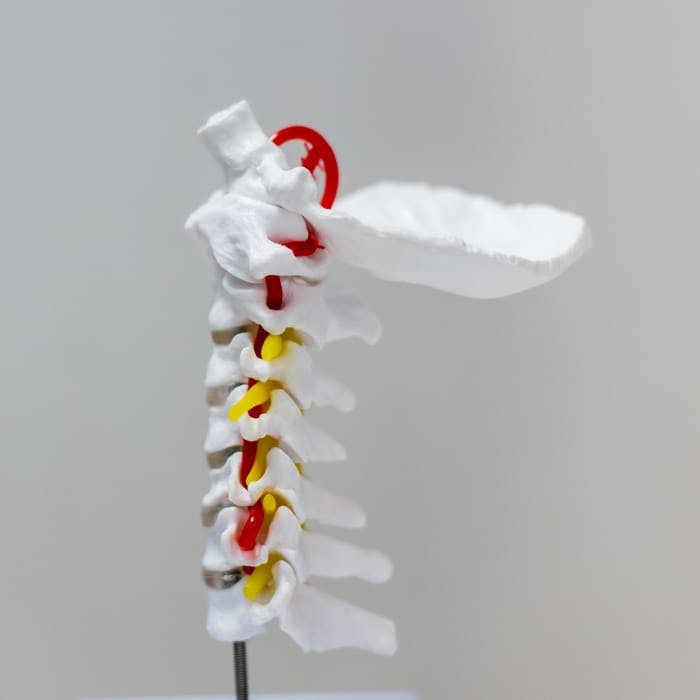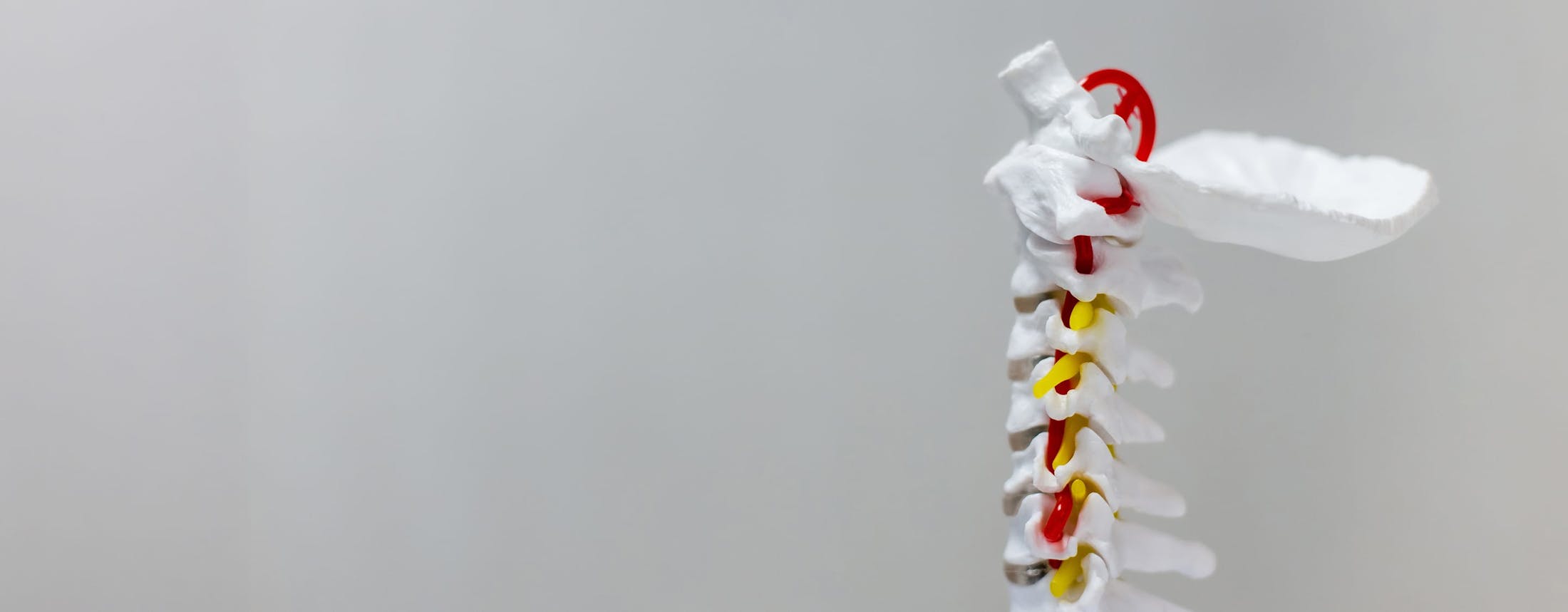Vertebroplasty is a minimally invasive procedure designed to relieve pain from spinal compression fractures that don’t respond to conservative treatments. By stabilizing the fractured vertebra with bone cement, it helps restore spinal alignment and improve mobility.
Vertebral Compression Fractures and Treatment
Vertebral compression fractures (VCFs) occur when spinal bones break, often due to osteoporosis, though trauma, certain cancers, or long-term steroid use can also be causes. These fractures are most common in the mid to lower back, where the spine bears the most weight, and symptoms can range from severe pain to none at all.
VCFs can lead to spinal deformity, including kyphosis (dowager’s hump), which may impair breathing, eating, walking, and sleep.
Vertebroplasty is an elective procedure for painful compression fractures that haven’t improved with rest, medication, or bracing. The goal is to relieve pain, restore vertebral height, improve function, and correct spinal alignment.







